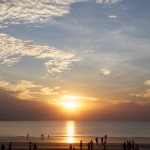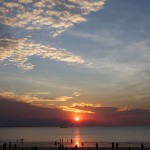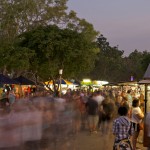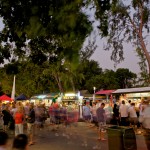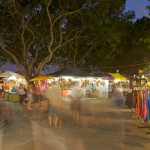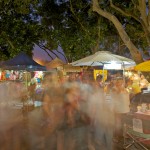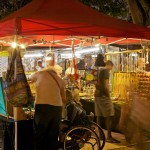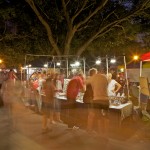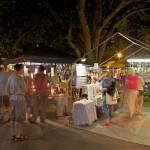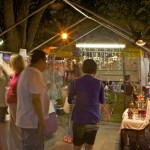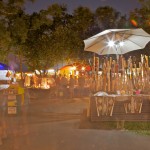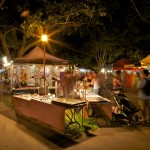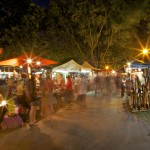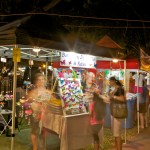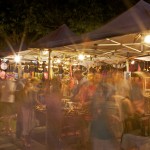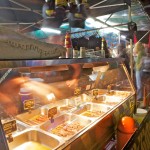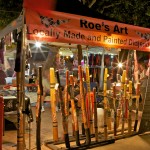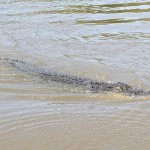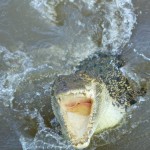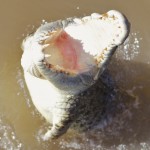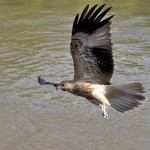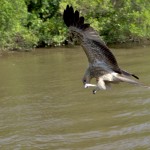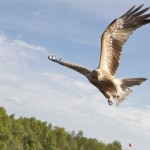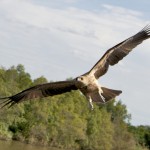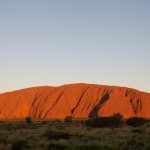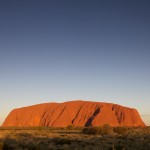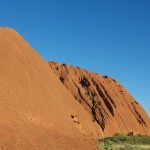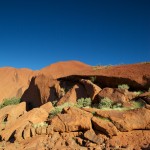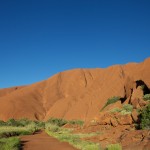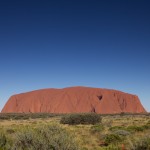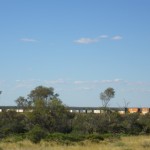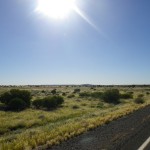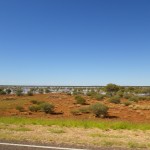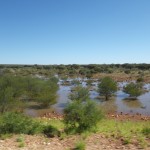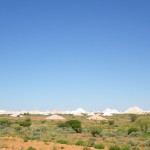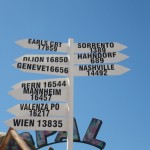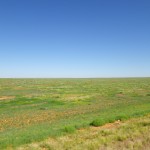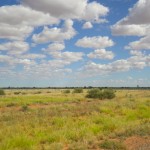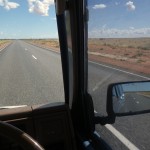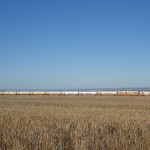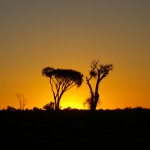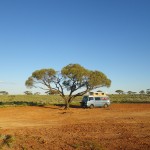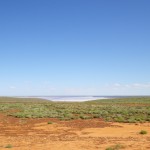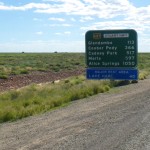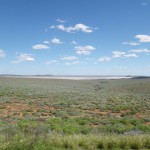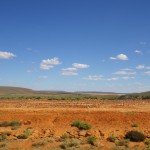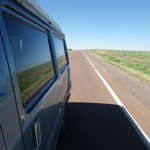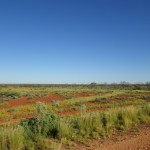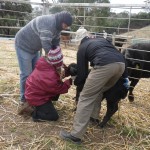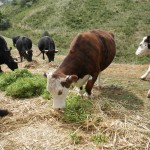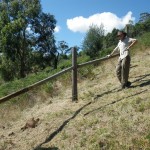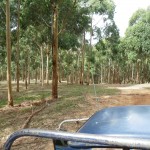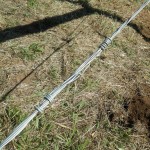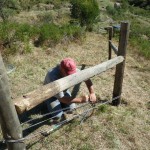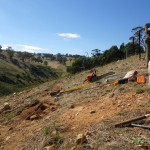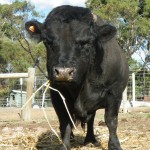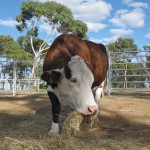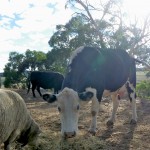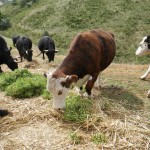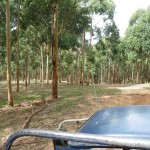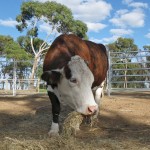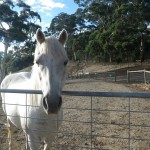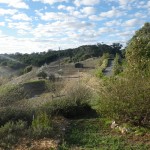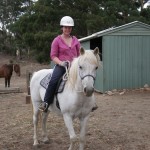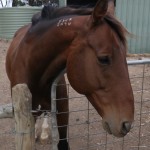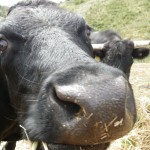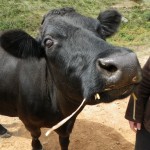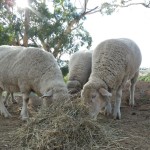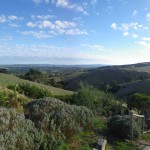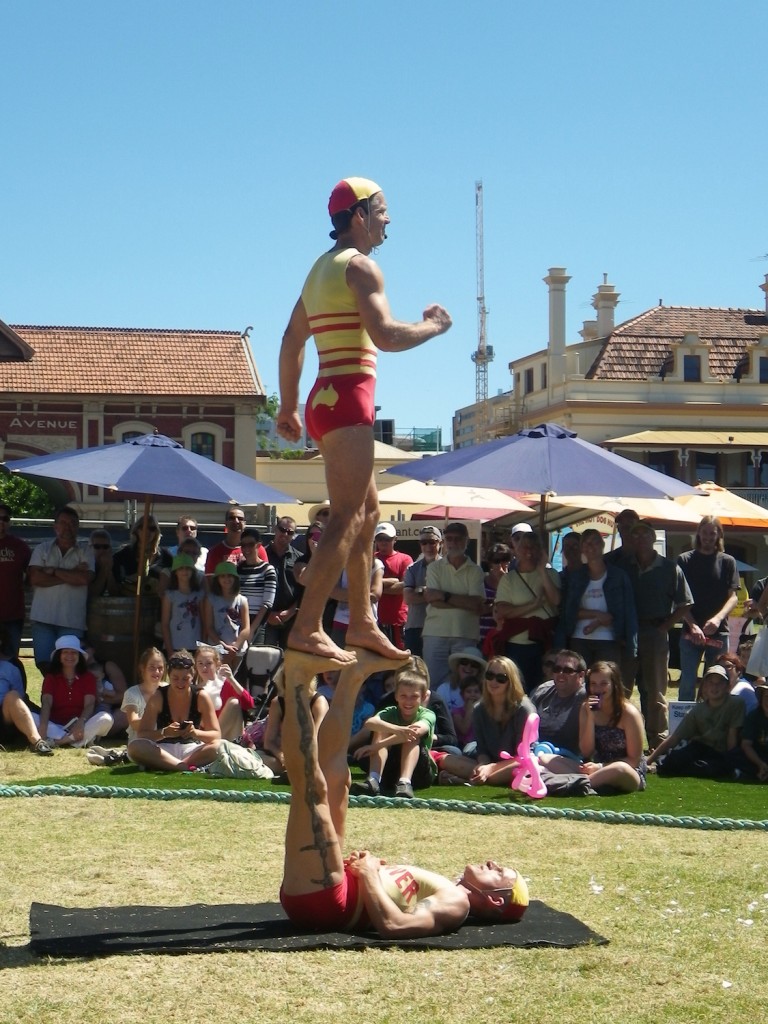Blog
Well here is this weeks Links Roundup!
Cool Photos
-
-
-
Love this gallery: Commercial Portfolio by Painter Creative
http://bit.ly/jcIntP and not just because it stars yours truly!
-
-
Sydney Harbour Bridge and Opera House at Sunset, NSW, Australia | Ilya Genkin Travel Photography Blog
genkin.org/blog/index.php… via @igenkin
-
-
If only all holidays and trips to London were like Scott Kelby’s! Thanks for sharing your trip!
http://bit.ly/iKvPad
-
Photo Quotes
-
‘Emotion or feeling is really the only thing about pictures I find interesting. Beyond that it is just a trick.’ Christopher Anderson @JuergenBuergin
Photo Tutorials
-
-
-
-
Editorial Travel Photography – Telling the Story of a Location
bit.ly/iBHE7m
-
“Get it right in camera” by Giles Babbidge
http://bit.ly/j4HLrN #photography #getitrightincamera via @Gilesbabbidge
-
7 Quick Tips to Make Photos of Statues a Little More Interesting
http://bit.ly/kxECef via @lightstalking
-
The Amazing Floating Markets of Thailand: And How to Photograph Them
http://bit.ly/l7wFyM via @lightstalking
-
Find your images are lacking something? Maybe your lazy! ‘Five Mistakes Lazy Photographers Make’
http://wp.me/pu7xa-4bd
Other Tutorials
Photo News
Geeky Stuff!
New Blogs added to RSS Feed:
You can get all my links realtime on
twitter or on my
facebook page. Alternatively you can subscribe to my RSS feed and receive them all in a weekly round up.

Jun 05, 2011 | Categories: Uncategorized, Weekly Links Roundup | Tags: Art, Cool Photos, Geeky Stuff, Guy Martin, Light painting, Links, New Blogs, Night photography, Photo Blogs, Photo News, Photo Quotes, Photo Tutorials, Photograph, photography, Photogs, Sydney Harbour Bridge, Techniques and Styles, Tutorials, Weekly, Weekly Roundup | Comments Off on This weeks links roundup! 31/5/2011 – 6/6/2011
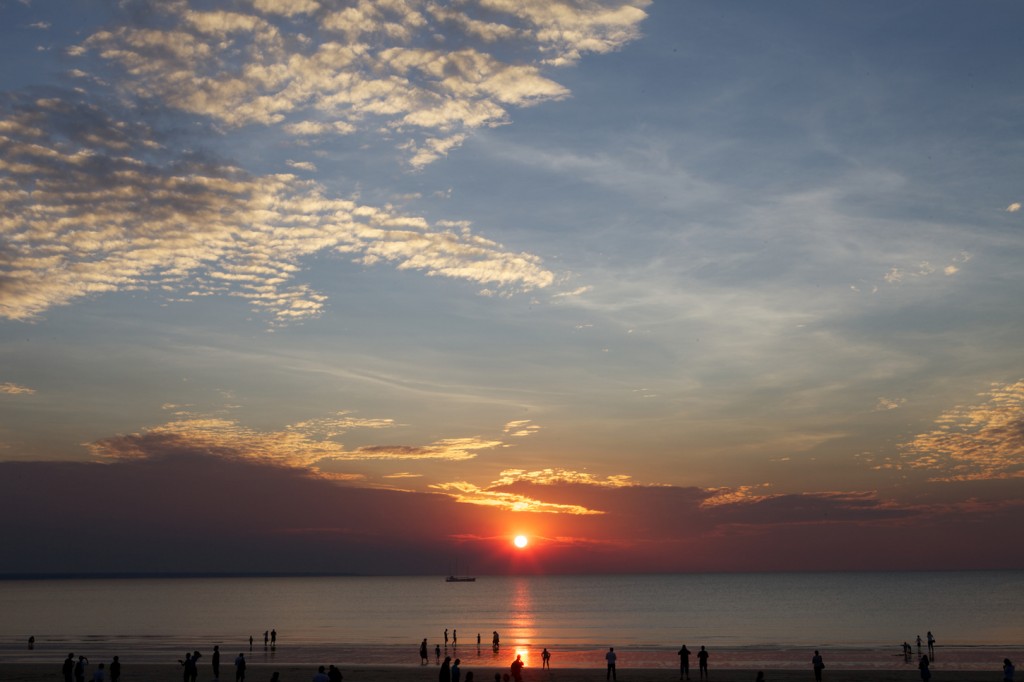
Running on a Thursday and Sunday evening the Mindil Sunset Market is a visitation highlight of Darwin. We decided to drop in on the midweek Thursday market and it was a great evening out. Make sure you take an empty stomach as I have never seen so many food vans in the same place before! From Tai food to kangaroo skewers and everything in between all the food looked amasing and you have plenty of time to make your choice and walk over the dunes to the beach to watch the sunset while you dine.
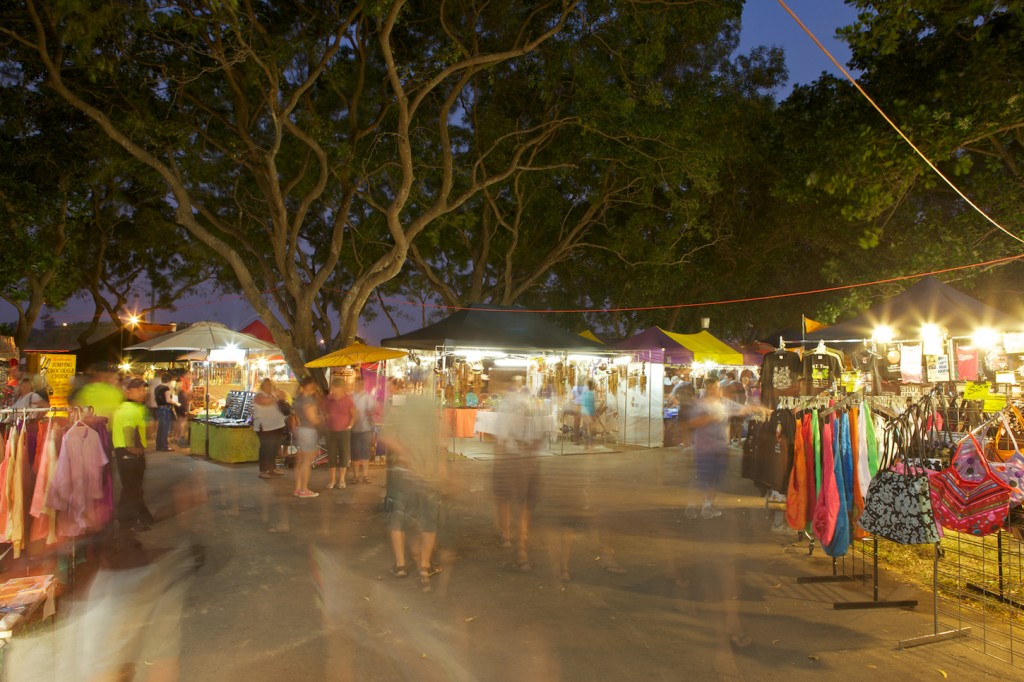
After the sun had set for the evening we went down into the market and looked at all the local wares that were on offer. The quality of the crafts were high and all the stalls were fantastic, there were tarot card readers and other entertainments as-well. A big thanks to Mick from Micks Whips who helped me achieve #164 on my bucket list “Learn to crack a bull whip” he put on a great display of skill promoting his stall with bull whip tricks.
As the evening got later live music from lots of artists kept the market in full swing and the atmosphere fantastic.
May 20, 2011 | Categories: General, Travel, Uncategorized | Tags: Australia, Beach, Bullwhip, Chicago Bulls, Darwin, Darwin Northern Territory, Food, market, Mindi, Recreation, sun down, Sunset, Sunset Market, Whip | Comments Off on Mindil Sunset Market – Darwin

Click image to visit Craft & Vision Website
Being new to the Ebook format I decided it was about time that I had a look to see what books were out there to spend my hard earned money on. Conveniently this conscientious thought co-insided with an article about a new book released by Alexandre Buisse called Extreme Perspectives, from online blog PictureCorrect. It seemed too good an opportunity to miss with my interests in outdoor, extreme sports and photography combined this could be a good way to start my ebook library!
It has to be said that I thoroughly enjoyed this Ebook which is largely made up of an informative self critique by Buisse of some of his favourite and most successful images, which guides you through the dos and don’ts of mountaineering photography. As Buisse says himself, he believes that his learning in climbing and mountaineering photography can be applied to any outdoor extreme sports and I would have to agree. You don’t have to enjoy the great outdoors to appreciate the outstanding stories depicted by his photographs and the use of fine technique. Within the book Buisse explains his gear choices and includes some photographic philosophies he tries to uphold whilst shooting and with his post production.
Craft & Vision who published this Ebook has a mission statement on their website to: create the best value in photographic education through ridiculously low-priced eBooks. Their website also carries titles from photographers like Dave Delnea and Andrew S. Gibson as-well as David duChemin, the best-selling author of Within The Frame.
Extreme Perspectives – Alexandre Buisse is available from the Craft & Vision website for immediate download for just $5. In my opinion it is a fantastic ebook which I thoroughly enjoyed reading and no doubt I shall be referring back to the Craft and Vision website to extend my ebook library.
May 15, 2011 | Categories: Photography Inspiration, Reviews, Uncategorized | Tags: Alexandre Buisse, Business, David duChemin, Digital single-lens reflex camera, E-book, ebook, Extreme Perspectives, masters of photography, Mountaineering, outdoor, photography, Publishing, review, Shopping, sports | Comments Off on REVIEW – ebook – Extreme Perspectives by Alexandre Buisse
This is my response to a debate that seems to rear its head in the photography industry from time to time. This time it has been dragged up again through an interesting article on David Hobby in Slate magasine.
To get a sense of just how bad things are for professional photographers right now, the story of Robert Lam is instructive. When Time needed a photo to illustrate its “New Frugality” cover story in late 2009, it purchased Lam’s image of a jar of change from stock-photo agency iStockphoto. The going rate for a Time cover had typically been $3,000 to $10,000. Lam was paid $31.50. Nevertheless, Lam declared, “I am happy”—the payment was more than he’d expected the photo to generate, and he was delighted to have a Time cover in his portfolio. Veteran professional photographers were livid, calling Lam an “IDIOT,” among other unkind words.
Lam told me by phone that he’s only a part-time photographer—he makes most of his income through a furniture store he owns. Last year, he earned $4,000 from stock photography. Since it’s his passion and hobby, not his job, that sum is fine by him. Most of what Lam has learned about lighting has come from reading online, on Strobist and similar blogs. Typical of the DIY approach of this set, Lam’s Time cover was shot using materials Lam found at a local sign store.
My reply is this: Good for Robert Lam!
The truth of the matter is that the majority of professional photographers would laugh at the thought of setting up their studio to take photos of regular objects. Many do not have the time to carry out a shoot that may or may not create revenue for them.
I have spent time shooting random objects like this at a time when I was struggling as a young, fast-learning freelancer. It is incredibly time consuming. If “semi pro” and “amateur” photographers like Lam can create and make a revenue from such images good on them, not many pros have the time to put images like this into their libraries.
Much of the doom and gloom on this issue in trade journals and on blogs is incredibly daunting for young photography students and people wanting to be photographers. Some of the comments left on related articles online are to this effect.
For new professionals and students it would be good to concentrate some of your studies towards understanding royalty-free and rights managed photographs as-well as the usual curriculum.
I will always be an advocate of every photographer having stock images available. Some of the photos I have put up in stock libraries are similar to that of Robert Lam’s. It takes time to shoot stock and have a library of images but even if you have only take 5 photographs there is no reason why you cannot make them available for sale today. The initial setting up and editing of photographs to meet submission guidelines is time consuming as is meta-tagging and key-wording but when they are there, they are available indefinitely.
Apr 25, 2011 | Categories: Photography In The News, Uncategorized | Tags: David Hobby, images, IStockphoto, Photo, Photograph, Photographer, photography, Robert Lam, stock, stock photography, Strobist, students | Comments Off on The Going Rate for a Time Cover Photo

Jumping Crocodiles! Well that was something we had to see! We were having a few days in Kakadu National Park which has been hit with one of the worst wet seasons for a while with plenty of flooding and plenty of roads in disrepair.
It has to be said this is par for the course during the wet season up here but this year the prolonged nature of it has delayed the arrival of the dry season here when all the tourists flock to the Darwin area. Despite the fact much of the park was closed we thoroughly enjoyed our time in Kakadu National Park with the crocodiles, snakes, ants and millions of mosquitoes!
One of the places that was very much open was the Jumping Crocs boat cruises and after paying our $35 per adult we all jumped on the two story boat that would take us up the Adelaide River. With only a few people aboard our 3pm boat we were able to roam round the boat to see these magnificent creatures. With an informative and interesting patterthe captain steered us down the river introducing us to the crocs whilst his crew hung the meat off the side tempting the crocs to jump.
We didn’t have long to wait and I shall let the pictures show you how cool it was, absolutely top notch! An added bonus was the Kites on the way back who were lured in by the crew before they opened the bar and we had a cold cider on the rest of the journeyback. A fantastic tour.
Apr 17, 2011 | Categories: New Uploads, Photo Project, Photo Shoot, Travel, Uncategorized | Tags: Adelaide River, Australia, crocodiles, Darwin, Darwin Northern Territory, jumping crocs, Kakadu National Park, Northern Territory, tourism, travel, Travel and Tourism, Wet season | Comments Off on Jumping Crocs in Kakadu National Park
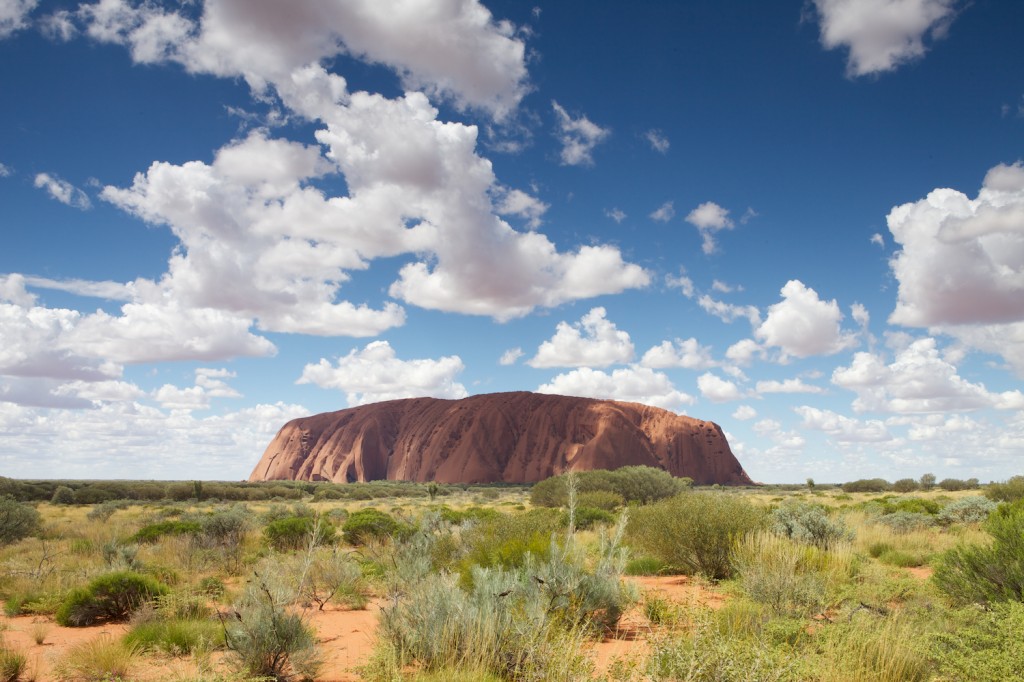
A couple of photographs that I missed off my Uluru article were these two. They were both taken in the morning and I think the one of the clouds over Uluru, Ayers Rock may be one of my favourites due to its individuality.
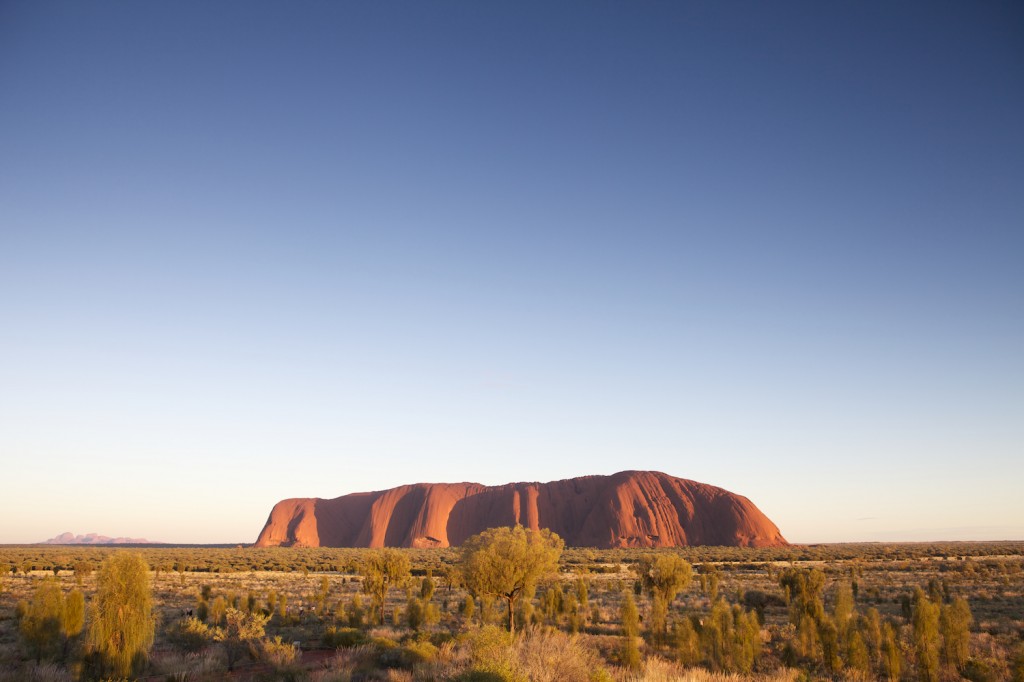
Apr 04, 2011 | Categories: Photo Project, Photo Shoot, Travel, Uncategorized | Tags: aboriginal, Alice Springs, aussie, Australia, Ayers Rock, Ayres Rock, centre, Heart, Kata Tjuta, Lasseter Highway, Northern Territory, Outback, Red, Rock, sacred, Stuart Highway, traditions, travel, tribe, Uluru, Uluṟu-Kata Tjuṯa National Park, wonder, World | Comments Off on Uluru – the next morning…

After the long drive along the first part of Route 87, Stuart Highway and the detour along the Lasseter Highway to Ayres Rock Resort. We arrived (thanks to daylight savings!) at 3.30pm with plenty of time to check in to the resort’s campsite and get our powered pitch (a special treat after roughing it through the outback!) Ironically this campsite has been the cheapest one of our tour down under so far a bargain at $39 for the two of us and Dori to stay the night.
After a quick refreshing shower (the first for a few days!) we went offsite down the road into
Uluru – Kata Tjuta National Park. With a mandatory fee of $25 a head for access to the park which handily was valid for three days, paid at the gates, we drove in and got to grips with this magnificent wonder.
Its amazing how many clichés I could list and the amount of people I could quote but I shall refrain and state simply that its a wonder you have to see for yourselves.
After exploring and reading about the
Aboriginal traditions and
Tjukurpa in the Cultural Centre we drove down to the start of the Mala Walk and got up close to the rock. Heading back out of the park we stopped at the sunset viewing car park to sit on top of Dori and watch Uluru light up. The colours were phenomenal and you could never truly record it on film.
The next morning we were up and drove into the park to watch the sunrise light up Uluru. With such an early start to the day we then were able to get to the base of the rock in time for a free tour from a park ranger which departed at 8am. The tour was fantastic and we learned much more about the aborigines, their beliefs, local wildlife and the geology of the rock.
The shots I caught as the sun set are typical of peoples travels to this part of the world. I didn’t want to be different, for one it is disrespectful to the
Aboriginal people who have asked that parts of Uluru are kept secret except for to those who visit, which is the same with some of their customs. The other reason is that for years I have seen photographs of this place and I wanted my own photo that I can hang and be proud that I made it half way round the world to this point and that if I made it this far, I can sure as hell make it to the rest.
Apr 03, 2011 | Categories: General, Travel, Uncategorized | Tags: Alice Springs, Australia, Australian Aborigines, Indigenous People, Lasseter Highway, Stuart Highway, Uluru, Uluṟu-Kata Tjuṯa National Park | Comments Off on Uluru – Ayres Rock – The Red Heart Of Australia’s Outback
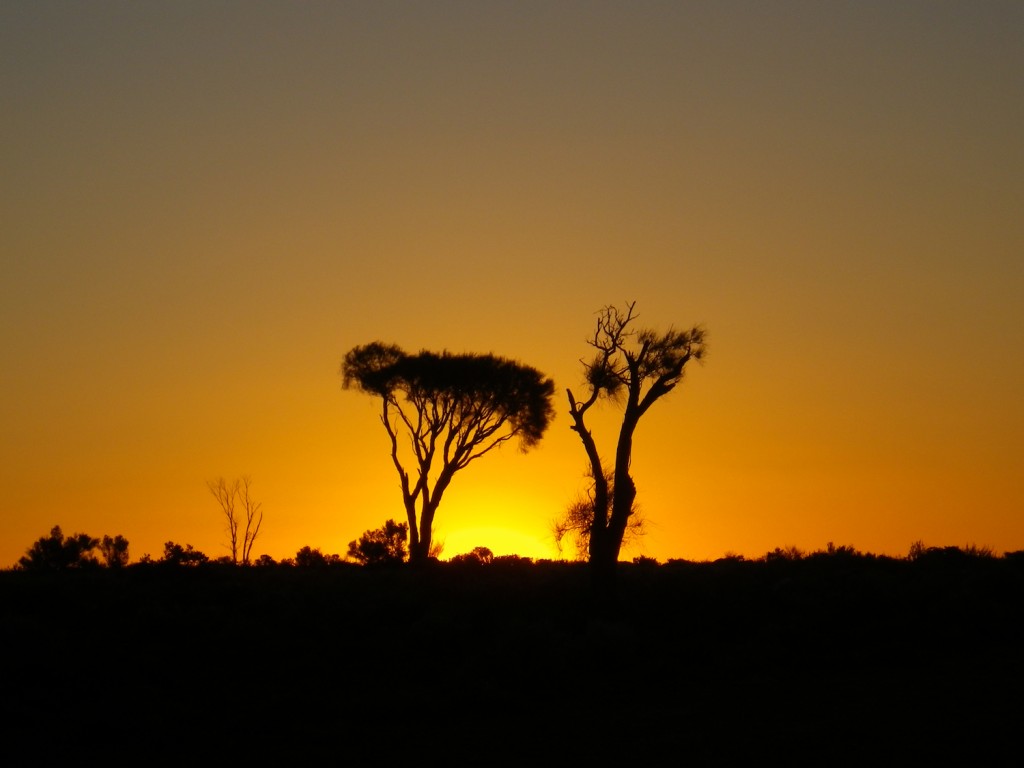
Leaving Adelaide was bitter sweet, we have thoroughly enjoyed our time in Mclaren Vale thanks to our Wwoofing hosts Angie and Leon yet it was time to move on. Our next stop was Alice Springs via Uluru, Ayers Rock.
Uluru was going to be a very special visit for us, being one of the main reasons for travelling halfway across the world to see this amazing country.
Leaving Adelaide and measuring distance in petrol prices that slowly crept up with every petrol station that we stopped at, we crawled our way north at 80km per hour. Travelling at such a slow speed was to our advantage in many ways, Dori our beloved campervan was able to sip on just the minimum amount of petrol to cruise along saving up money. We were also able to keep her engine temperature down in the heat of the
outback, even so she easily drank a litre of water in her radiator every day!
The other advantage of travelling so slowly was that we could enjoy the beauty of the outback all the more. The adverse weather conditions that Australia has experienced this year has culminated in the outback getting an extremely rare amount of rainfall and as a result this usually barren land has fresh greenery in abundance, a sight that not many people will ever see.
Our overnight stops, camping in the many rest areas available along the edge of the road has been exciting, many are recessed back in to the outback away from the highway. Although at the end of each day we have been tired and weary after lots of travelling we have been treated to some great sunsets and starlit nights.
Driving along
Stuart Highway, route 87 has been an unforgettable experience waving to everyone passing by from our little van as
road trains thunder by, rocking poor Dori’s suspension! Watching emus and huge birds of prey flying along has been great, the outback is full of wildlife and we have definitely got our ‘Aussie salutes’ perfected!
Apr 01, 2011 | Categories: General, Travel, Uncategorized | Tags: Adelaide, Alice Springs, Australia, Mclaren Vale, Northern Territory, Outback, Stuart Highway, Uluru | Comments Off on Route 87 – Stuart Highway – Adelaide to Alice Springs at 80km per hour!
For those of you who read my blog regularly will have noticed a gap in time! It is because we have been staying with Wwoofing hosts Angie and Leon on their farm.
Wwoofing is an acronym for Willing Workers on Organic Farms and we signed up to be Wwoofers not long after we left Phillip Island. For more information on Wwoofing please visit their website.
We thoroughly enjoyed our time working for Angie and Leon in return for our bed and board. We learned many things during our visit from fencing & gardening to looking after their animals and many things in-between and outside of these!
Here are some pictures from our stay!
Mar 27, 2011 | Categories: General, Travel, Uncategorized | Tags: Agricultural and Rural Economics, Community Supported Agriculture, Economics, Organic farming, Social Sciences, WWOOF | Comments Off on Wwoofing with Angie and Leon
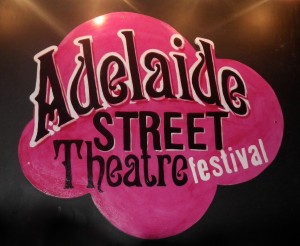
Adelaide Fringe Festival 2011 was a spectacular affair and was well worth the visit into Adelaide to see it. We went in while the Adelaide Street Theatre Festival was running and spent most of our time watching these side events. The Garden Of Extraordinary Delights was the main centre and focus of the festival and with so many shows happening here and in theatres around Adelaide it was hard to pick just one show to watch. Most of the evening shows were priced at a reasonable $20-$30 and from the reviews flying around town you would be hard pushed to find a bad one!
On our walk down to the Garden of Extraordinary Delights from the train station we went through the main shopping precinct of Adelaide and there were lots of acts advertising their shows and individuals doing
street theatre. As we arrived at the main part of the festival we went into the Street Theatre, set up as a showcase to make available theatre to everyone.
The first act we caught were Popeyed, set up as a Russian lifesaving comedy duo, these slapstick comedians not only put on a genuinely funny act but also performed some incredibly impressive gymnastics.
The only act we decided to see twice was up next and after a quick tour around the Garden of Extraordinary Delights we settled down to watch the
Space Cowboy. We weren’t settled in our seats for long, billed as having no less than seven Guinness World Records and with a picture of him breaking the world record for the most amount of swords swallowed at the same time (19 swords!) we were soon squirming in our seats as the Space Cowboy pulled the tools of his trade out of his case and introduced them to us with relish. With a sword, a knife, a chainsaw, axe, meat cleaver, bull whips and a 3 meter unicycle the Space Cowboy put on a 40 minute show I will never forget. Fear, awe, disbelief, laughter and with more thrills than a roller coaster without the moving seat.
The other acts displayed in the Adelaide Street Theatre that day were amazing as-well and our entire day was brilliant. The acts put on at the Street Theatre relied on donations from the crowd at the end of their performances with many of the acts declaring that for them although it was their livelihood they also wanted to make their acts accessible to everyone, declaring their shows a gift to their audience who could not afford a donation.
In the evening we were dazzled by the incredible football juggling of Victor Rubiter, Victor also stars in the
Guiness Book Of World Records for his football jugging. Victors act is so much more than just his juggling talent, his humour had the whole audience laughing, clapping, cheering and mexican waving throughout.
Mar 14, 2011 | Categories: General, Travel, Uncategorized | Tags: Adelaide, Adelaide Fringe Festival, Art, Fringe, Performing Arts, Space Cowboy, Theatre, Venues | Comments Off on Adelaide Fringe Festival – Street Theatre Festival




